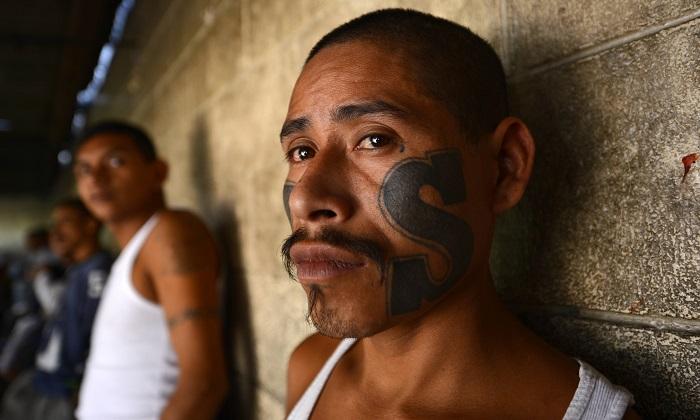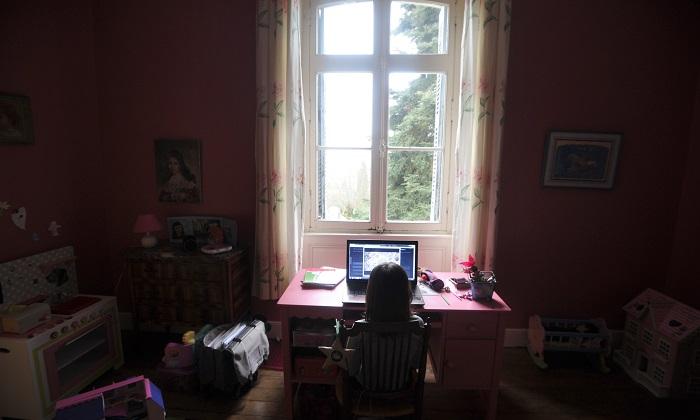BANGKOK—After being in a coma for four years, Thai pop star Apichit “Big” Kittikorncharoen finally succumbed to the fungal brain infection which he contracted following crashing his car into a polluted Bangkok canal.
Doctors had initially expected that the 21-year-old Apichit to make a full recovery from the accident but things took a turn for the worse and they would need to perform four operations on the singer’s brain before he passed away.
Apichit’s 2003 car accident didn’t happen too far from where I live in eastern Bangkok and each day I drive over one or two small canals in my area that tepidly make their way toward the mighty Chao Phraya River. As I drive over the canal’s small bridges, I see floating litter and smell untreated domestic wastewater.
Living in this metropolis with a current population of around 10 million, it is hard to imagine the day-to-day life when Bangkok was, as some foreigners described it, the “Venice of the East.”
In 1855, Sir John Bowring arrived on behalf of Queen Victoria to negotiate a friendship and trade treaty between Thailand (then Siam) and Britain and he wrote, “The highways of Bangkok are not streets or roads, but the river and the canals.”
Bangkok then had a population of about 400,000 people who mainly lived in literally floating houses on the river and in the thatched homes along the banks of the Chao Phraya or its connecting canals. Amidst the private dwellings, nestled among the coconut palms and banyan trees were also grand temples and palaces.
Bangkok was established as the capital of Siam in 1782, after the previous Thai capital had been demolished by Burmese invaders 15 years earlier. The canals were dug by order of a Thai king, and the hard labor was largely done by captives of war.
It would be trade with the West that first radically changed Bangkok’s water society and it wasn’t long after Sir Bowring’s treaty with the Thais that the first roads were be laid. Sometime later, the city would boast having the first trams of Asia, while rice mills and warehouses were being built on riverbanks of the Chao Phraya.
In her cultural and literary history of Bangkok, art historian Maryvelma O’Neil quoted an American visitor during the end of the 19th century who wryly noted that the so-called Venice of the East “is often applied with more irony than seriousness.”
Another traveler during the same period likened Bangkok to being more like an eastern Rotterdam.
My father-in-law, the child of Chinese immigrants, grew up in the last of Bangkok’s floating house communities, which was removed sometime during the 1950s.
Today, in the polluted and concrete version of Bangkok, most of the old canals have long been filled in to make way for a badly planned road system and masses of high-rise condos. Of the few canals that remain, most are like oversized drains but some larger ones continue to be used by boats ferrying thousands of Bangkokians to and from work.
Down on the Chao Phraya River, tourists take long-tail boats and venture up mid-sized canals that cut through the poor residential areas where people live a life of sorts on the water’s edge and despite Apichit’s death, groups of boys continue to swim and have fun in the murky and polluted water.
Doctors had initially expected that the 21-year-old Apichit to make a full recovery from the accident but things took a turn for the worse and they would need to perform four operations on the singer’s brain before he passed away.
Apichit’s 2003 car accident didn’t happen too far from where I live in eastern Bangkok and each day I drive over one or two small canals in my area that tepidly make their way toward the mighty Chao Phraya River. As I drive over the canal’s small bridges, I see floating litter and smell untreated domestic wastewater.
Living in this metropolis with a current population of around 10 million, it is hard to imagine the day-to-day life when Bangkok was, as some foreigners described it, the “Venice of the East.”
In 1855, Sir John Bowring arrived on behalf of Queen Victoria to negotiate a friendship and trade treaty between Thailand (then Siam) and Britain and he wrote, “The highways of Bangkok are not streets or roads, but the river and the canals.”
Bangkok then had a population of about 400,000 people who mainly lived in literally floating houses on the river and in the thatched homes along the banks of the Chao Phraya or its connecting canals. Amidst the private dwellings, nestled among the coconut palms and banyan trees were also grand temples and palaces.
Bangkok was established as the capital of Siam in 1782, after the previous Thai capital had been demolished by Burmese invaders 15 years earlier. The canals were dug by order of a Thai king, and the hard labor was largely done by captives of war.
It would be trade with the West that first radically changed Bangkok’s water society and it wasn’t long after Sir Bowring’s treaty with the Thais that the first roads were be laid. Sometime later, the city would boast having the first trams of Asia, while rice mills and warehouses were being built on riverbanks of the Chao Phraya.
In her cultural and literary history of Bangkok, art historian Maryvelma O’Neil quoted an American visitor during the end of the 19th century who wryly noted that the so-called Venice of the East “is often applied with more irony than seriousness.”
Another traveler during the same period likened Bangkok to being more like an eastern Rotterdam.
My father-in-law, the child of Chinese immigrants, grew up in the last of Bangkok’s floating house communities, which was removed sometime during the 1950s.
Today, in the polluted and concrete version of Bangkok, most of the old canals have long been filled in to make way for a badly planned road system and masses of high-rise condos. Of the few canals that remain, most are like oversized drains but some larger ones continue to be used by boats ferrying thousands of Bangkokians to and from work.
Down on the Chao Phraya River, tourists take long-tail boats and venture up mid-sized canals that cut through the poor residential areas where people live a life of sorts on the water’s edge and despite Apichit’s death, groups of boys continue to swim and have fun in the murky and polluted water.



